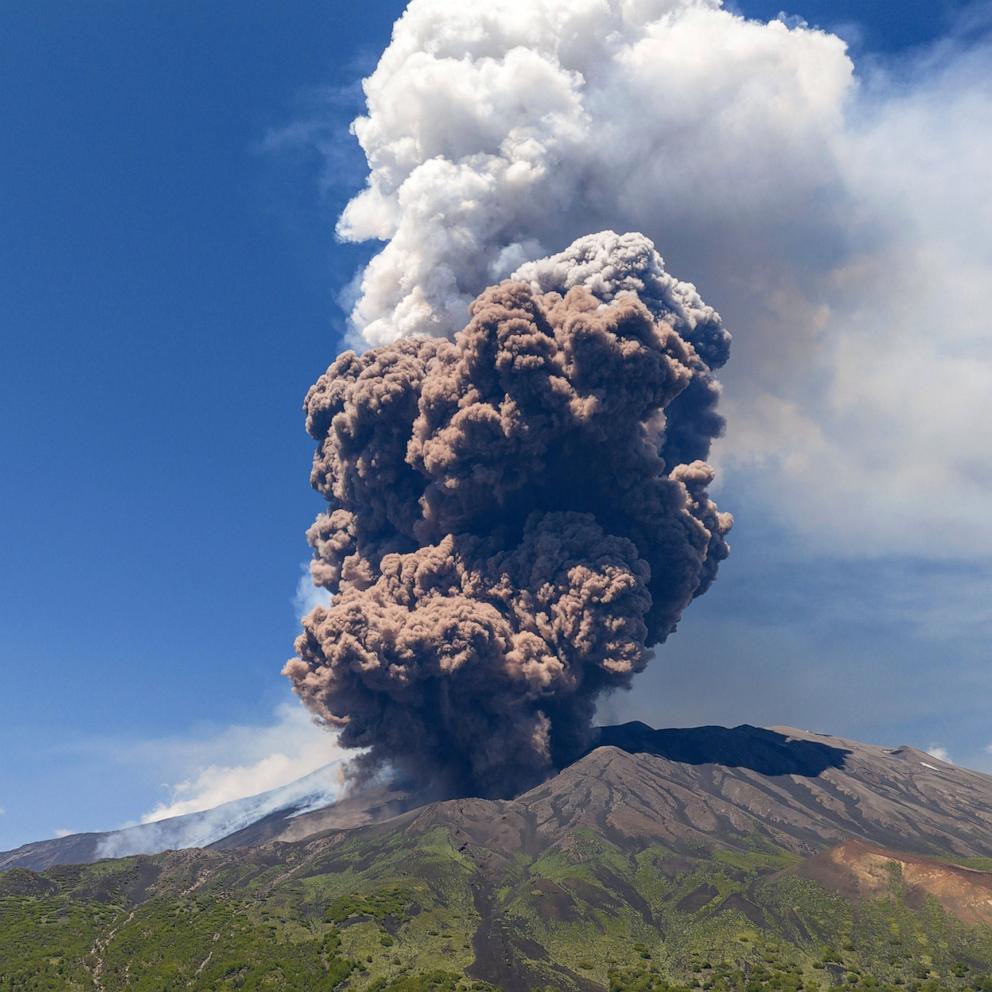What to know about stinging Asian needle ants detected in 20 states
An invasive species of stinging ant is spreading across the United States with detections in at least 20 states.
Brachyponera chinensis, or the Asian needle ant, have been found mostly in the northeastern and southeastern U.S., but have also been detected in Wisconsin, Texas and Washington state, according to the ant detection site antmaps.org.
Asian needle ants are shiny dark brown to black and are small, measuring about 0.2 inches in length, according to the U.S. Forest Service (USFS).
"There are other ant species in the Eastern United States that superficially resemble Asian needle ants, so it takes an experienced eye to positively identify them," the USFS wrote in an update.
They are native to China, Japan and the Koreas and were first discovered in the U.S. in 1932, according to the federal agency.

It noted that Asian needle ants typically nest themselves in dark, hidden hardwood habitats, such as logs and landscape timbers, and form in small colonies.
They don't establish foraging trails either, which are the long lines of ants on the ground that people typically see, Dan Suiter, an Orkin Distinguished Professor of urban entomology in the University of Georgia College of Agricultural and Environmental Sciences, told ABC News.
Asian needle ants can sting when bothered, which can lead to symptoms such as skin reactions including hives and itching; low blood pressure; swollen tongue or throat; nausea, vomiting or diarrhea; dizziness or fainting; weak or rapid pulse; and wheezing or difficulty breathing, the USFS said.
More severe symptoms can include anaphylaxis -- a potentially life-threatening allergic reaction -- or psychological reactions, such as a feeling of impending doom, according to the agency.
Suiter, who is an extension entomologist, does some work in the pest control industry. In the last year, he said he got three calls from homeowners who have been stung by Asian needle ants and suffered anaphylaxis. On Monday morning, he said he got a message from a man whose wife was stung Sunday and is still in the hospital.
"In 25 years, I've had one phone call from an individual who was stung by a fire ant and suffered anaphylaxis, another one by something called a twig ant," Suiter said. "When I start getting calls annually about people who have been stung by an Asian needle ant, it says to me that there's a trend there."
Suiter said he is sure people have visited an emergency room suffering from anaphylaxis, but didn't realize they had been stung by the Asian needle ant and never saw it.
He added that the Asian ant needle population starts to grow in the warmer weather months as the soil temperatures warm up, typically peaking July and August, followed by a small decline in the winter months. Unlike many other ant species, they can tolerate cooler weather, so they often appear as early as March.
To protect yourself, Suiter recommends wearing thick gloves when working outside. He also recommends removing nesting sites of hardwood, such as stacking firewood, off the ground and sawing any pieces of logs that fall on a property into small chunks.
To excise ants from the environment, Suiter said it requires bait from pest control agencies that can't be bought over the counter.
"The whole idea of a bait is you give them a granule, they eat it, they share it with their nest mates and the Queen [ant], and you get a slow decline of the colony," he said. "So the professional pest control industry has a couple decent baits that work pretty well against this."
The baits that target these invasive pests can also impact native species, so it’s important to use a professional service that employs a careful application to minimize harm.




